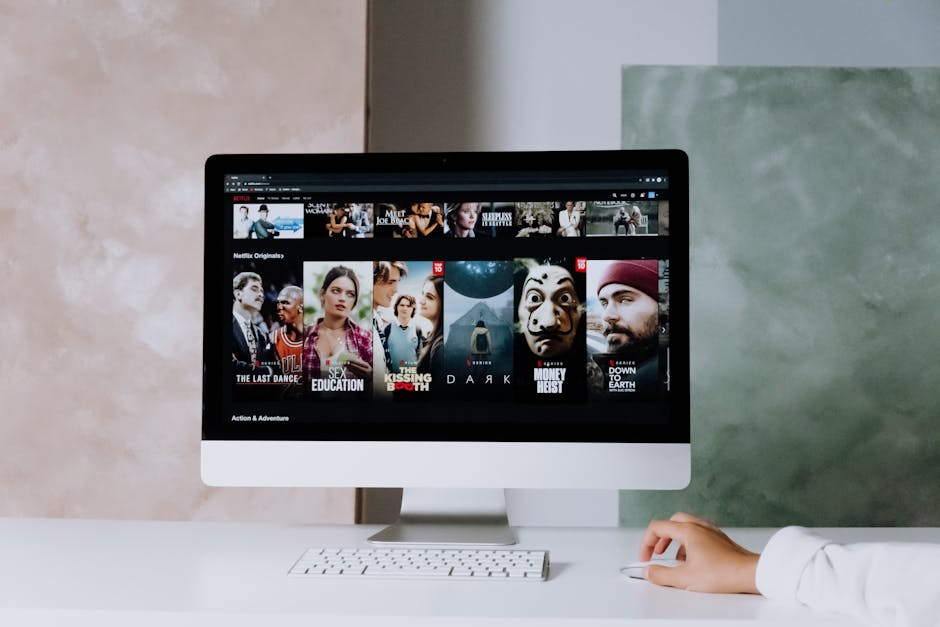Pros and Cons of Different Streaming Platforms

Streaming platforms have transformed the way we consume media, offering a plethora of choices for movies, TV shows, music, and live broadcasts. As the market grows, each platform presents unique features and drawbacks. Understanding these can help consumers decide which service best fits their needs.
Content Variety
One of the most significant factors when choosing a streaming platform is the variety of content available. Services like Netflix and Amazon Prime Video boast extensive libraries of movies, TV shows, documentaries, and original programming. Netflix, in particular, is known for its diverse range of genres and international content.
On the other hand, specialized platforms like Disney+ focus on specific types of content. Disney+ primarily offers movies and series from Disney, Pixar, Marvel, Star Wars, and National Geographic. While this means a more limited library compared to Netflix, it appeals strongly to fans of these franchises.
Hulu offers a mix of current TV episodes from major networks shortly after they air, as well as original content and a sizable back catalog of shows and movies. This makes Hulu a go-to option for those who want to stay up-to-date with current TV seasons without needing a cable subscription.
The following table outlines the content variety across different major streaming platforms:
| Platform | Content Type | Special Features |
|---|---|---|
| Netflix | Movies, TV Shows, Documentaries, Originals | Diverse genres, International content |
| Disney+ | Movies, TV Shows | Disney franchises (Marvel, Star Wars) |
| Hulu | TV Shows (current seasons), Movies | Next-day TV episodes, Original content |
| Amazon Prime Video | Movies, TV Shows, Originals | Additional rental/purchase options |
| HBO Max | Movies, TV Shows, Originals | HBO original series and exclusive content |
User Experience and Interface
The ease of navigating a streaming platform can significantly impact user satisfaction. Netflix is often praised for its intuitive interface that includes personalized recommendations based on viewing history. The autoplay feature also encourages continuous watching.
Disney+ has a clean and straightforward interface that appeals to families and younger users. The platform's organization by franchise makes it easy to find related content quickly.
Meanwhile, Amazon Prime Video's interface has been criticized for being cluttered and less intuitive. The integration of rental and purchase options within the same interface can confuse users who only want to access included content.
Subscription Costs and Value for Money
The cost of a streaming service is another crucial consideration. Netflix offers tiered pricing based on the number of simultaneous streams and video quality. This makes it accessible but can become expensive with higher-tier plans.
- Basic Plan: Standard Definition (SD), one stream at a time.
- Standard Plan: High Definition (HD), two simultaneous streams.
- Premium Plan: Ultra High Definition (UHD), four simultaneous streams.
Disney+ provides a straightforward pricing model with one plan that includes all features at an affordable rate. Hulu offers both ad-supported and ad-free plans, catering to different budget preferences.
The value for money depends on how much you use the service and what type of content you prefer. For instance, HBO Max may seem pricier but includes access to all HBO originals and exclusive Warner Bros. releases.
Availability and Device Compatibility
The ability to access your streaming service on various devices is essential for flexibility. Most platforms support multiple devices such as smart TVs, smartphones, tablets, gaming consoles, and web browsers.
Netflix leads in device compatibility with apps available on nearly all modern devices. Disney+ also offers broad compatibility but with fewer supported devices compared to Netflix.
A notable drawback for Amazon Prime Video is its interface's inconsistency across different devices. Some features may be missing or harder to find on certain platforms.
Original Content vs Licensed Content
The balance between original productions and licensed content varies across platforms. Netflix invests heavily in original content such as "Stranger Things" and "The Crown," which helps differentiate it from competitors.
Amazon Prime Video also produces original series like "The Marvelous Mrs. Maisel" while securing rights to popular franchises such as "Lord of the Rings."
Disney+, however, relies mainly on its extensive library of existing properties but has started investing in original series tied to its major franchises like "The Mandalorian."
Selecting the right streaming platform requires weighing various factors including content variety, user experience, cost, device compatibility, and the balance between original versus licensed content. Each service offers unique advantages that cater to different preferences and viewing habits. For example:
- If you're seeking diverse genres and international titles: Netflix.com
- If you're a fan of Disney franchises: DisneyPlus.com
- If you want next-day access to current TV episodes: Hulu.com
No single platform excels in every category; thus it's important to consider personal preferences when deciding which service best suits your needs.
